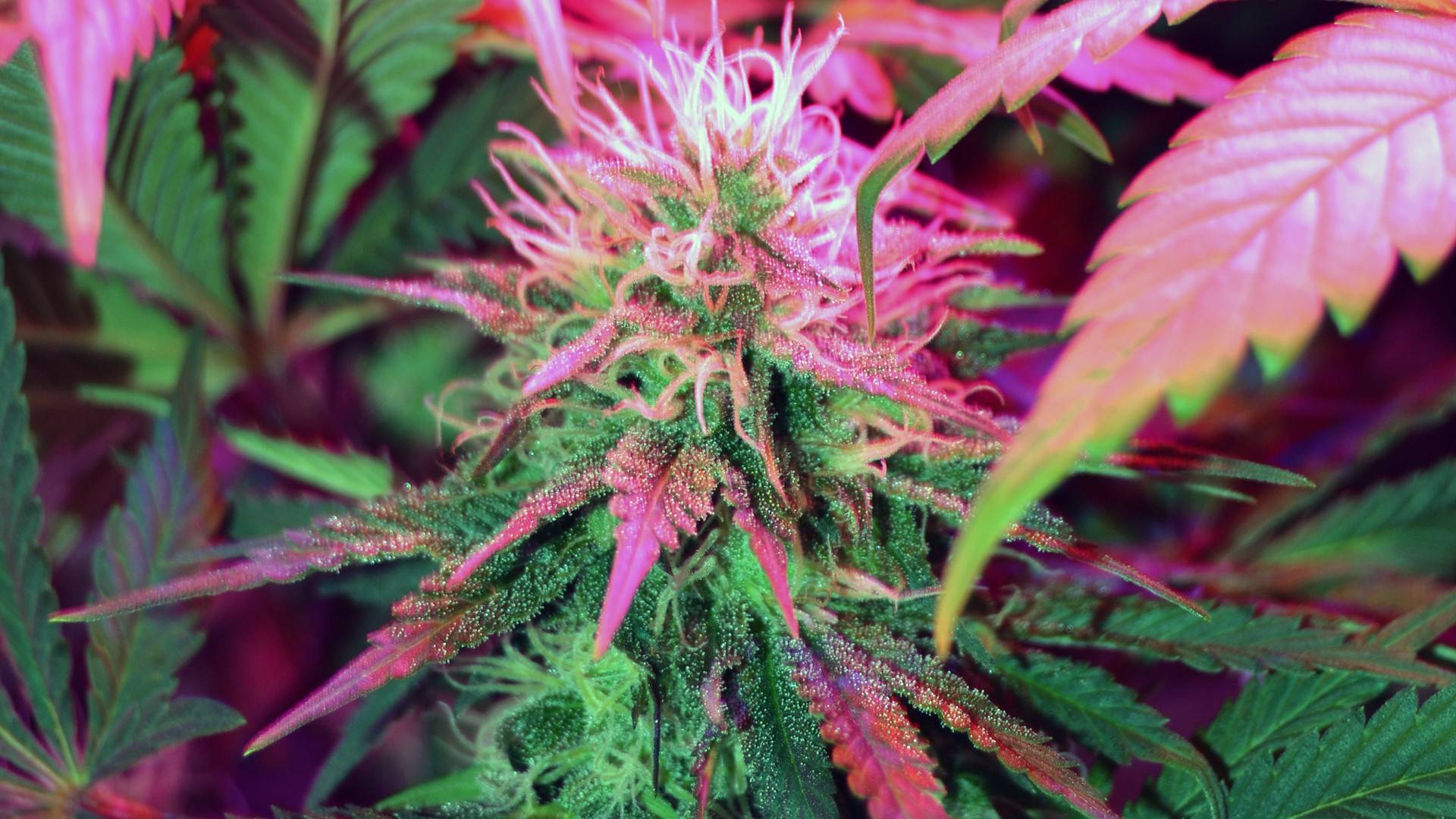The Historical Perception of Marijuana
There came the period at the start of the 20 th century when marijuana perception was dramatically changing. The use of cannabis in the United States and most other nations came to be linked with immigrant groups and subcultures, thereby generating a lot of stigma. In the U.S., Marihuana Tax Act of 1937 acted as an effective choice to prohibit its use as it criminalized the possession and sell of Marihuana.
The Medical History of Marijuana
In other countries, like restrictions came along. In 1961, the United Nations Single Convention on the Narcotics Drugs brought cannabis under the same classification, along with narcotics which are far more dangerous, strengthening the criminality of this drug across the globe. This period of prohibition contributed largely to the mass opinion and portrayed marijuana as a harmful drug with no positive aspects.
The Contemporary Period of Reconsideration.
In the late 20 th century, the attitude towards marijuana started to change despite decades of prohibition. Its possible medical benefits were raised as activists, researchers, and patients were involved in reform movements. In the nineties, marijuana use in the United States was legalized in select states and the nations. As time passed this trend expanded into larger legalization efforts where countries such as Canada, Uruguay, and some states in the United States resulted in recreational use.
Marijuana today is at the borders of the traditional and modernity – some people have treated this natural medicine as a miracle, and others criticized it as a social and health threat. Its historical pathway shows how strong the cultural, political, and scientific approach is to defining the social attitude to this multifaceted plant.
Understanding Marijuana: Composition and Types
Marijuana is a derivative of cannabis plant which has been grown and modified to suit various uses in thousands of years. Cannabis has generally been categorized to have three primary species: Cannabis sativa, Cannabis indica and Cannabis ruderalis. Although these categories may be controversial with botanists, they give a practical arrangement of getting familiar with the diversity of the plant.
The Cannabis Plant in a Summation.
Cannabis sativa: Sativa plants are typically lighter and taller, and are linked to the effects of uplifting and energizing. They are usually more concentrated with THC.
Cannabis indica: Indica strains are usually connected with relaxation, sedation, and analgesic effects, and are shorter and bushier.
Cannabis ruderalis: A lower, tough type that has a low amount of THC but can be used in breeding due to a short growth period.
A majority of the modern marijuana products are hybrids as they have both features of sativa and indica, which have led to a great diversity of effects.
